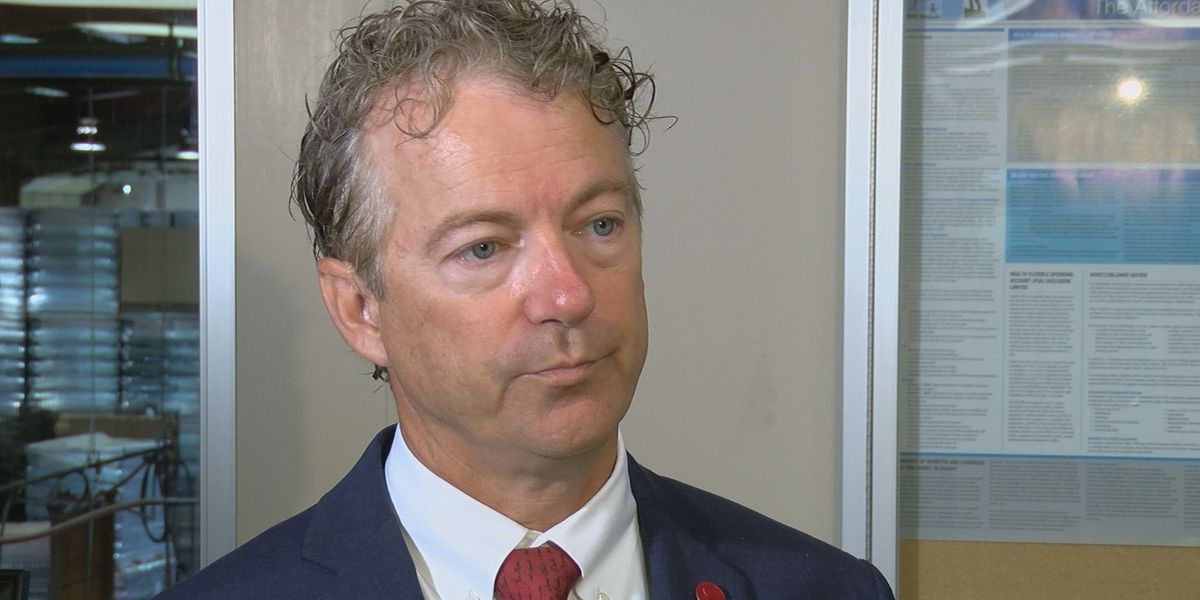Next year the U.S. Senate will be different. Specifically, it will be about 15% different. That’s because regardless of who wins, we’ll have new senators from Utah, Kansas, North Dakota, Missouri, Illinois, Indiana, Ohio, Kentucky, New Hampshire, Connecticut, Delaware, and Florida. That’s twelve seats that we know will be changing hands. It’s hard to see how Blanche Lincoln or Arlen Specter can be reelected even if they survive tomorrow’s primaries. And I figure there is at least one other incumbent who is going to lose in November. That’s a lot of turnover, and it will bring a new climate to the upper chamber of Congress.
That’s what I thought about when I read this The Hill piece on Chris Dodd. Senator Dodd is as pleased that the Senate is actually functioning as he is that his Wall Street reforms bill looks increasingly likely to pass.
Dodd, who spoke scornfully of a political atmosphere in which senators no longer share lunch together in the Senate dining club and the same members speak at every weekly caucus meeting, acknowledged the debate may get rougher in the final days, but he’s full of pride over the last few weeks, which could mark the last time he steers a bill through the Senate.
“While history may talk about Wall Street reform, I’m going to feel as good watching the Senate function as I will about the product it produced,” Dodd said in rolled-up shirt sleeves after completing another day of debate on the bill.
We can be quite scornful of the constant call for bipartisanship from the Washington press and centrist politicians, but there is a certain logic to it considering the restrictive rules of the Senate. I can’t see how it’s going to be easier to pass legislation through the Senate with Rand Paul objecting to every effort to spend a dime of money or some Jim DeMint acolyte from Utah trying to out-teabag the teabaggers. I think the next Congress will be completely dysfunctional, particularly in the Senate. It’s a real problem.




That’s a comforting thought.
I agree, there is a certain logic to the media’s constant longing for bipartisanship. Our system (meaning mainly the Senate) works through compromise and consensus and anyone who wants things done should hope and pray for those very things. The problem though is the “pox on both their houses” approach to political reporting that infects every attempt by the media to understand why with regards to a particular policy or issue their isn’t compromise or consensus. That’s a much more complicated story to tell and unfortunately is very difficult for the reporter to do without (1) taking sides and (2) alienating certain viewers who already have a preconstructed narrative in their heads of who the “good guys” are and who the “bad guys” are. Doing either or both is bad for business so it doesn’t get done. But that IS the crucial story of our times: the transformation and mutation of the GOP into a top-down, regional, parliamentary-style party.
The GOP has been a top-down party for a while. At least since Eisenhower.
Not really. The GOP of the 1950’s was extremely splintered and had no ideological cohesiveness at all.
But it was still top down. The reason why I said the 30’s(or so) is because I can’t imagine a Republican like Fightin’ Bob LaFollette today. There is just no way.
Hell, I can’t even imagine a Republican politician like Nixon today — except for the crazy and crooked parts, of course.
True. Rick Pearlstein’s work (Before the Storm, Nixonland) is a great overview of how the Republican Party transformed itself. It helps one understand that the truly significant political convention of that era was the Republicans in San Francisco in 1964—not the Democrats in Chicago in 1968.